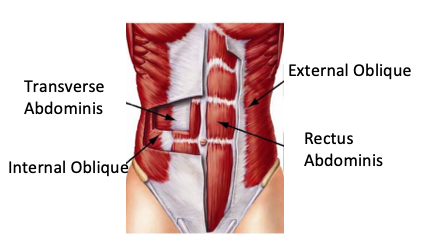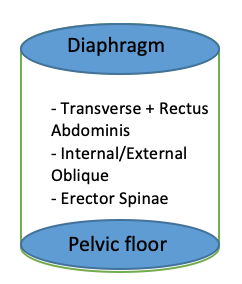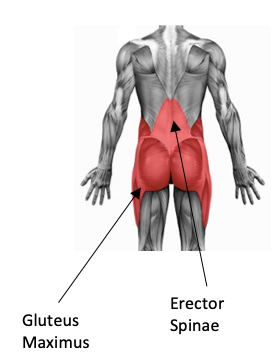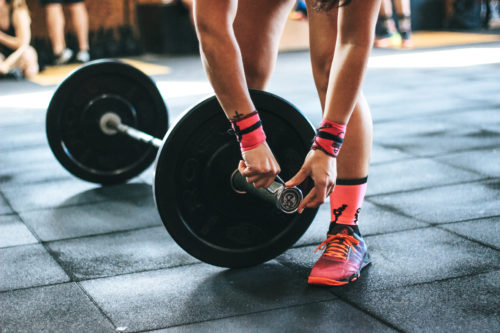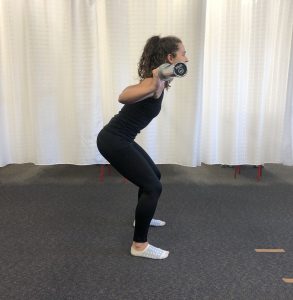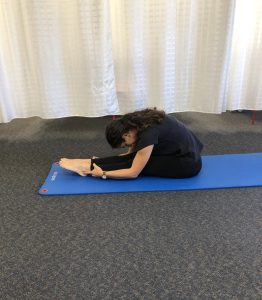Welcome back to another edition of our PPP Blog series. Hopefully you are now well educated on the importance of sleep and its effect on your performance!
In this blog, we discuss how bracing can enhance your ability to lift, jump and run and reduce your risk of injury.
What is ‘Bracing’ you may ask?
It is a technique that stabilises the spine (360°) through tightening the muscles of the front, back and sides of the core musculature. By bracing, you are able to create a stable environment and distribute the load through the core which in turn allows you to work from a stable base and transfer significant forces into your movements.
The core musculature (as pictured below) forms a cylindrical structure with muscles at the top, bottom and sides wrapping around the spine to provide stability.
What happens if I don’t brace?
A poorly braced core will decrease the amount of force you can produce leading to an overload of other structures and compensatory behaviours. These changes will thus contribute to quicker fatigue and increased risk of sustaining injuries.
An example of this is commonly seen in athletes who squat a load without bracing. When this occurs athletes tend to experience an overactivity of the back muscles in order to stabilise which can cause pain and stiffness.
How do we brace?
Whilst you’re sitting or standing reading this, give it a go! It’s quick, simple and discrete.
Either stand with feet hip width apart OR Sit with feet planted on the ground and hip width apart.
• Squeeze your glutes gently (causing hips to tilt slightly backwards). This should line your hips under your ribs.
• Take a deeper breath than normal into your diaphragm. Creating an OUTWARD expansion of the diaphragm.
• Contract your tummy as if Rocky Balboa is about to give you a nudge there.
• As you breathe out, slightly pull the tension throughout the torso. This should hold the centre of your brace position.
• Hold this tension for 10s – 15s as you breathe in and out.
That is your brace position!
To put this into context when squatting, perform (1) – (4). Lower yourself into bottom of the squat. And as you come up pass your sticking point (usually 1/3 of the way up), execute (5). As you get ready for your next repetition, reset (1) – (5).
Once you get to the hang of bracing, your movements will feel a lot easier as you’ve created a strong stable base to move off. It is a technique that will require practice before it starts to feel natural. It’ll be worth it in the long run, and you’d be able achieve amazing results during your 8-week challenge.
Feel free to contact us via Instagram (@peakperformancephysiotherapy) or in the clinic (8544 1397) if you have any questions.
Kevin Vuong, Physiotherapist
